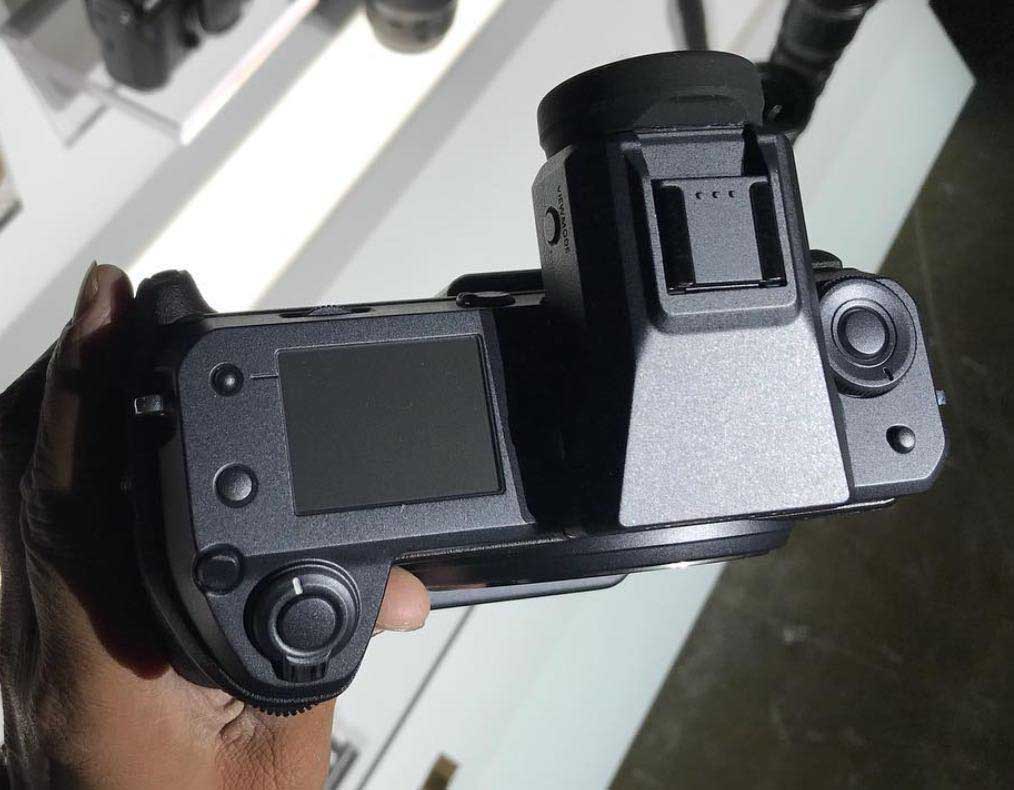Fujifilm has announced new firmware for the mirrorless medium format GFX100 that will improve its autofocus performance and enable more control over its in-body and lens-equipped optical image stabilisation.
The new firmware for the GFX100 will be released in June 2021 and also adds a number of other performance enhancements. New features will include:
1.Improved autofocus performance to the same level as GFX100S
The new firmware updates the camera’s autofocus algorithm to the latest version to boost AF speed and Face/Eye-detection performance, enhancing AF accuracy even in portrait photography that involves subject movements. The ability to track a moving subject will also be improved, making it possible to maintain an accurate focus on a subject that is moving away from the camera.
- Coordinated control of in-body and optical image stabilization mechanisms
The new firmware enables coordinated control of the camera’s in-body image stabilization (IBIS) and a lens’s optical image stabilization (OIS). Image stabilization is applied with optimum correction based on the two mechanisms’ acceleration, frequency detected by gyro sensors and the amount of camera shakes to minimize motion blur even when shooting handheld. This enhances the image stabilization function of GF lenses featuring OIS such as FUJINON Lens GF120mmF4 R LM OIS WR Macro or the FUJINON Lens GF45-100mmF4 R LM OIS WR with additional 0.5-stop. - Addition of the Film Simulation “Nostalgic Neg.”
The new firmware adds the Film Simulation “Nostalgic Neg.,” characterized by colors and tones reminiscent of the “America New Color,” which emerged in the 1970s to advocate the potential of color expressions to the world and established color photography as the mainstream style for photographic fine arts. The style combines “soft tonality” with “high saturation” at the same time and applies warm amber to highlights to soften the look while maintaining fine details and pop colors in shadows for lyrical looks. - Other added functions and operational improvements
- The level of “clarity” can be set in the range from -5 to +5.
The “tone curve” can be adjusted in the increment of 0.5 stop for both highlights and shadows. - The “focus limiter” function is added to specify any focusing range. Choose the default focusing distance or select it from the specified range.
- Pictures can be enlarged in the magnification of 1x, 2x, 4x or 8x in playback. There is also an option to select the magnification used in the previous playback (from center).
- Function button can be assigned to switch “shooting mode” between P, S, A and M modes.
- The front and rear command dials can be set to rotate in a reverse direction.
- The number of items in the Q menu can be selected from 4, 8, 12 or 16 for both stills and video. The items to display in the Q menu are customizable.
- The Q button can be assigned as a function button.
- The camera stays ON even when an SD card is removed.
- Electronic image stabilization is available while shooting video.
- It corrects camera shake that occurs when shooting video handheld. (1.1x crop when this mode is turned on)
- Live View can be enlarged even while shooting video.
- The Focus Check Lock can now also be set to ON/OFF to maintain focus check or not when starting to shoot video.
- Video recorded in the SD card can be backed up to the SD card in another card slot.
- The elapsed video recording time can be displayed on the LCD for checking.
- The AF area size can be changed while shooting video.
- Video files recorded with F-log can be played back in conversion equivalent to BT.709.
- Added White Balance / ISO metadata to RAW footage, output to Atomos Ninja V HDR Monitor Recorder via HDMI. The footage is recorded as Apple ProRes RAW files and White Balance / ISO can be adjusted in Final Cut Pro.
- The level of “clarity” can be set in the range from -5 to +5.
- Precautions
In firmware Ver.4.00, the menu structure has been changed and some functions have been renamed. Particularly, the movie setting menu has undergone major changes due to the expansion of setting items, and some of the settings will revert back to the default value accordingly.
You’ll be able to download the new Fujifilm GFX100 firmware here upon its release.



